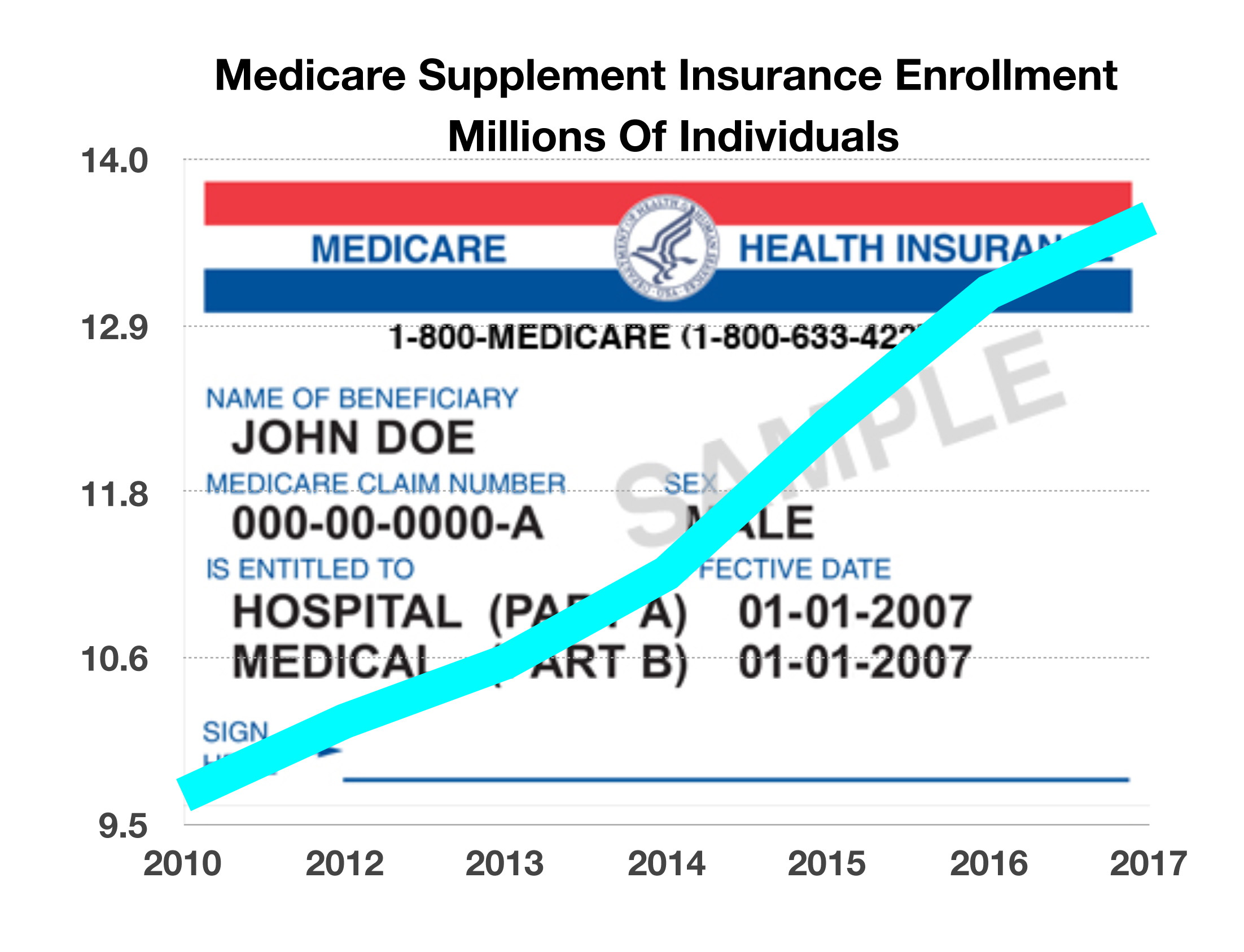
Stencil Financial
28734 Rain Creek Road
Hanover, MI 81129
851.357.2257
dan@stencil.com
Stock Indices:
| Dow Jones | 39,807 |
| S&P 500 | 5,254 |
| Nasdaq | 16,379 |
Bond Sector Yields:
| 2 Yr Treasury | 4.59% |
| 10 Yr Treasury | 4.20% |
| 10 Yr Municipal | 2.52% |
| High Yield | 7.44% |
Commodity Prices:
| Gold | 2,254 |
| Silver | 25.10 |
| Oil (WTI) | 83.12 |
Currencies:
| Dollar / Euro | 1.08 |
| Dollar / Pound | 1.26 |
| Yen / Dollar | 151.35 |
| Canadian /Dollar | 0.73 |
hsnsnsgsts
Medicare Supplemental Insurance Purchase On The Rise – Healthcare Overview
Supplemental insurance coverage that pays for medical expenses not covered by Medicare is on the rise. Over 500,000 new supplemental policies were purchased in 2017, with over 13.6 million retirees carrying supplemental insurance coverage as of December 2017. Over the past ten years, the number of retirees with supplemental coverage increased 40%, driven by demographics and cuts in Medicare covered services.
Retirees can optionally enroll in private individual insurance policies that supplement original Medicare. These plans are standardized and identified by plan letter (Plans A-N). Also called Medicare Supplemental Insurance, retirees have the ability to choose their doctors, specialists, and care facilities.
Sources: Congressional Research Service, American Association for Medicare Supplement Insurance
